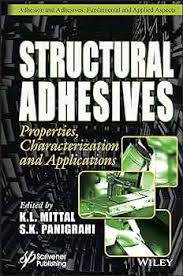Ask Dr. Dave
Ask Dr. Dave: What does fumed silica do for adhesives and sealants compared to other thickeners?
Dave Dunn's December 2018 column.

Question: What does fumed silica do for adhesives and sealants compared to other thickeners like wood flour or clays, and how do you handle the huge clouds of dust from the bags?
Answer: While fumed silicas are fairly expensive, small amounts can provide sag resistance, anti-settling of fillers and shear-thinning viscosity. The earliest types of material used are called hydrophilic, but they have been replaced in many systems by surface-treated silicas called hydrophobic, which tend to give more stable systems because they are not sensitive to moisture.
Fumed silicas can be used with different technologies, including epoxies, acrylics polyurethanes, silicones or aqueous systems. In fact, large amounts are used to strengthen silicone sealants, which are soft, cheesy materials without fumed silica.
The very small particle size of fumed silicas makes them very useful to thicken clear materials, where other thixotropes would ruin the transparency. The dust is relatively harmless in contrast to other airborne particles, according to data obtained from occupational medical examinations, although dust masks and gloves should always be worn.
However, several methods that virtually eliminate dust can be used to handle fumed silica. Some very large users, such as those making silicone sealants, turn to completely closed mixing systems. In addition, they can use vacuum to transfer the fumed silicone into tanks. For the more common mixing systems using open tanks, fumed silica suppliers can offer handling systems that are usually based on using either vacuum or diaphragm pumps to transfer the material directly from large bulk bags, often called super sacks, avoiding the use of small paper sacks. Fumed silica manufacturers will often supply these systems free of charge in return for purchasing their products exclusively.
Looking for a reprint of this article?
From high-res PDFs to custom plaques, order your copy today!






